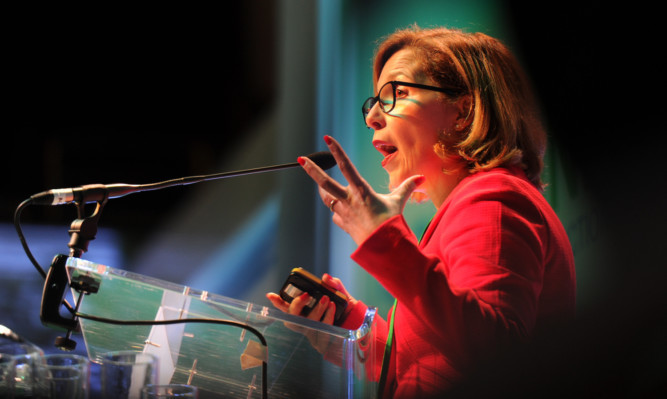A UN drugs expert appearing at a major Dundee conference admitted the authorities cannot keep up with so-called legal highs dealers.
The ISAM conference has brought more than 550 delegates from around the world to Dundee’s Caird Hall and is expected to generate around £1.1 million for the local economy.
One of the keynote speakers, Venezuelan Elizabeth Saenz of the United Nations Office on Drugs and Crime (UNODC) gave an exclusive interview to The Courier after her presentation about her work.
She said: “The issue with ‘legal highs’ or new psychoactive substances is they change one molecule which changes the substance.
“We are always behind. By the time we have caught up with one substance they have produced 10 more.
“This is not only Dundee’s problem, it is a global problem. We currently monitor these substances but it’s like a dog chasing its tail.
“What we need to look at is why young people in particular are seeking to use these substances.”
Ms Saenz is the project coordinator for the prevention, treatment and rehabilitation section of the drug prevention and health branch of the UNODC.
She said more should be done to focus on the health issue of drugs than criminality, and stigma is the biggest barrier to tackling the problem.
She added: “The most important thing is education and really making people understand drug addiction is not a choice. It’s like a prolonged suicide.
“It should be treated like any other chronic health condition.
“Imagine a diabetic. You give them an injection and ask them not to eat cake at the party and they do eat cake, and when they come back their blood sugar has soared.”
She said scientific evidence shows many factors create drug problems, including genetics, social and environmental circumstances, and when people affected come into contact with drugs it is “like a flame”.
She said: “The brain suffers deep changes in the way it functions and they can’t understand priorities. All they see and feel is the need for the drug.”
Ms Saenz will be part of a panel discussing overdose prevention tomorrow and the conference continues at the Caird Hall until Thursday.
